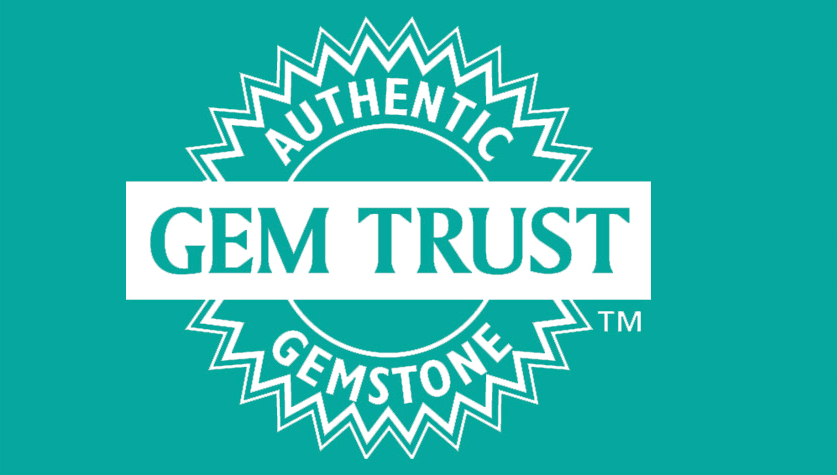We cut as small as 2mm round melee gems, as well as larger standard ovals, rounds, hexagons, emerald cuts, pears, trills. Beyond these, we offer some creative signature cut styles such as Radial Cushion Cuts and Cathedral Cuts, and of course, a variety of unique cabochons.
Is this material typically enhanced in any way?
Our Mexican Fire Opal has no treatments whatsoever! The only process this gem goes through outside of cutting is a drying process, which our team has developed over decades to produce cut gems that will remain beautiful for years to come. Continue reading to learn more about how (and why) we do this.
Are there any unique characteristics you can share about this material?
One unique characteristic is how it is formed. Mexican Fire Opal is formed in ancient volcanic geographies. Within the volcanic rock cavities, water gets trapped in silica-rich lava, and under the high volcanic temperatures, that same superheated water-encapsulated lava then transforms into this burning-colored gem.
Since water is a part of the composition of Mexican Fire Opal, it can sometimes be instable depending on the specific origin. Because of this, our team at Columbia Gem House takes special precautions in both sourcing and production to ensure the stability of the gems we sell. First, we thoroughly dry all rough before cutting, then go through a second drying process with the finished cut gems to eliminate any possibility of crazing (fine spiderwebbed cracking) or hydrophaning (turning a transparent gem opaque). By taking these additional steps, we can ensure the color and stability of our Opals.
Not surprisingly, the fiery color of this Opal is another uniqueness in the gem world because of its vivid intensity. Unlike other Opals, most Mexican Fire Opal is faceted to add brilliance. The standard color for MFO is considered orange, but the full spectrum includes colors from red to orange to gold, with an almost dayglo intensity of color. It’s not uncommon for Mexican Fire Opal to also display a beautiful play of color, an optical phenomenon of fiery dancing colors when light enters the gem. Both transparent and translucent.


















